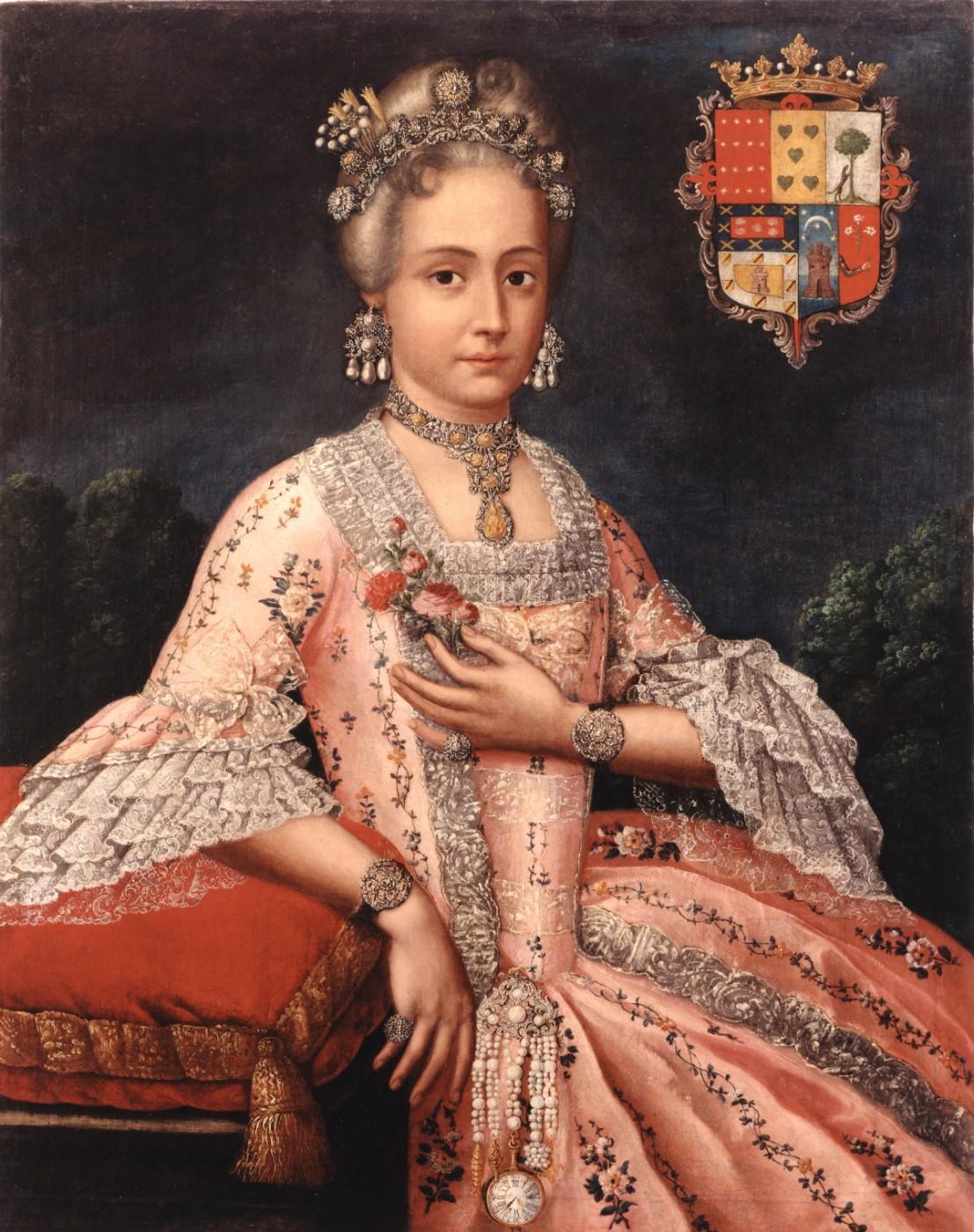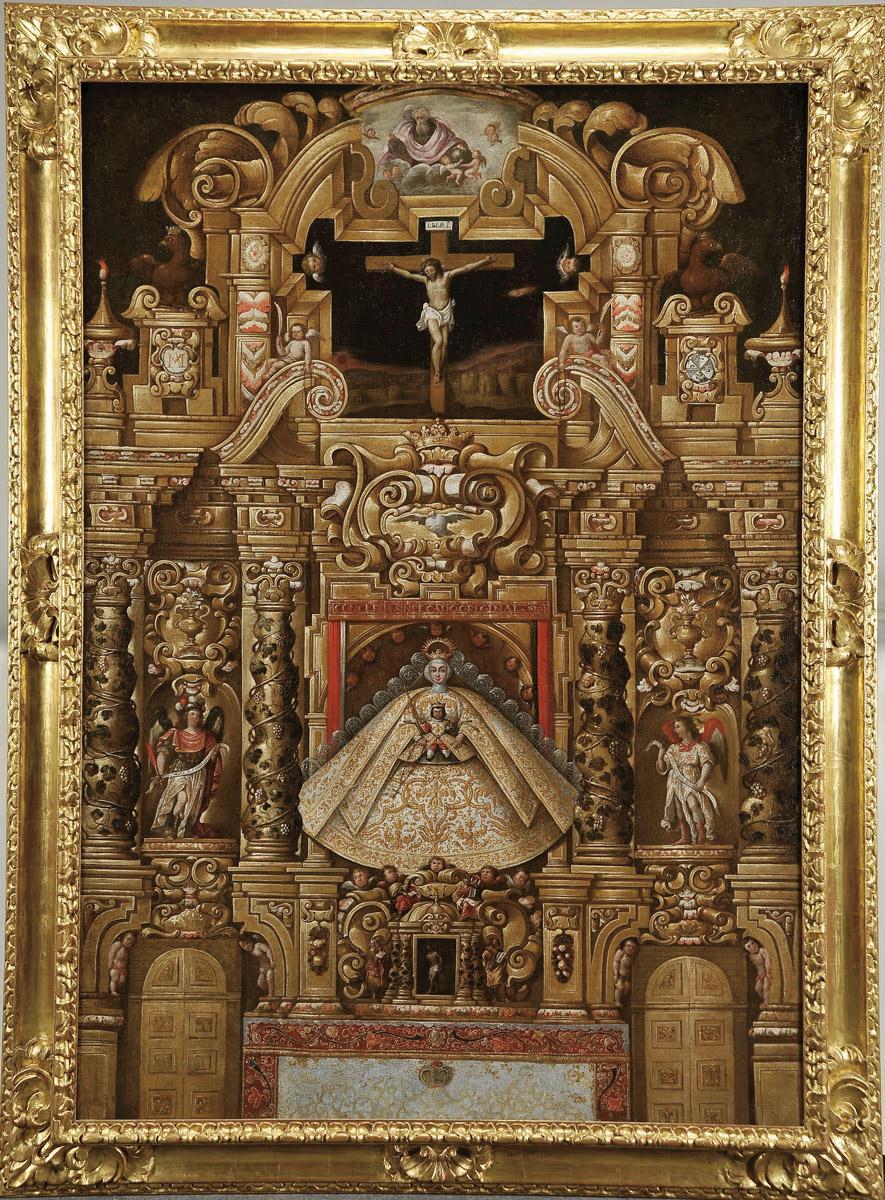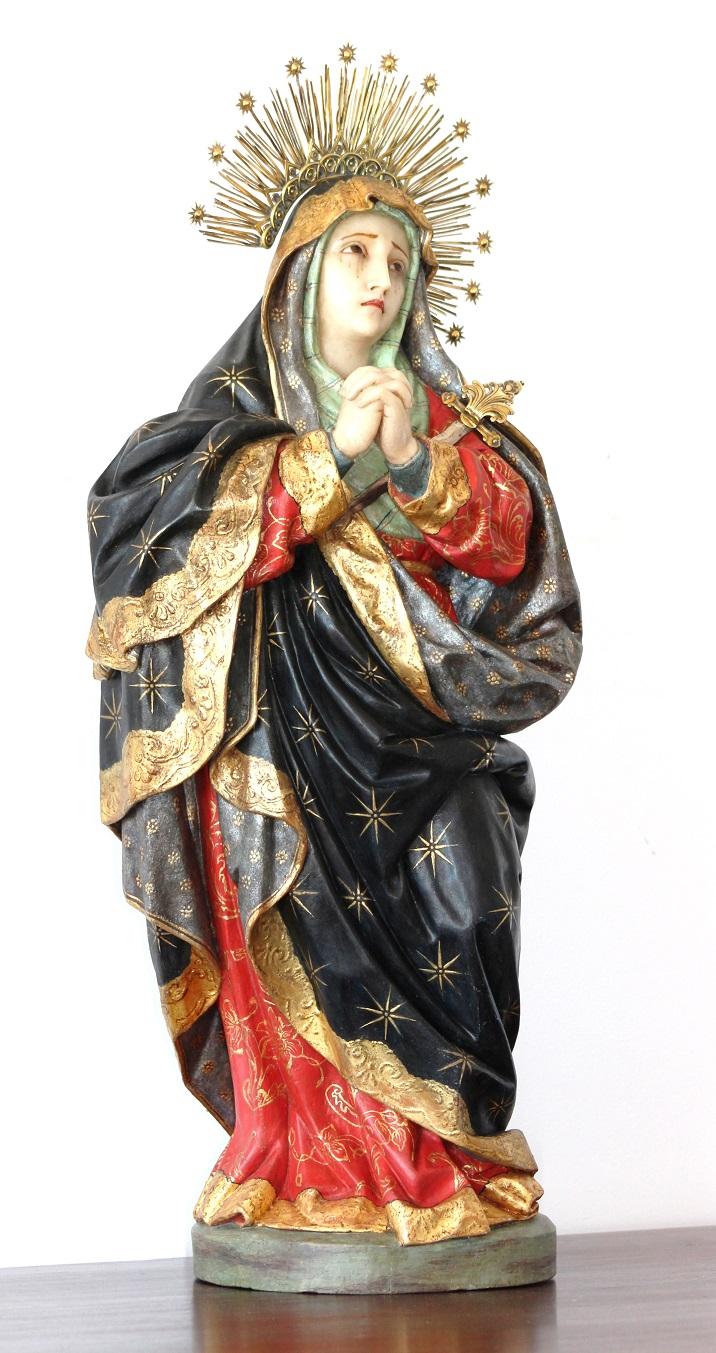The Blanton began collecting art from Latin America in 1963 and since then has amassed one of the country's largest and finest collections of Latin American art. The museum’s Latin American collection now includes 2,500 works of modern and contemporary painting, prints, drawing, conceptual art, installation, video, and sculpture, alongside its growing holdings of art of the Spanish and Portuguese Americas. In 1988, the Blanton became the first museum in the United States to establish a curatorial position devoted to modern and contemporary Latin American art.
“The acquisition of the Huber collection furthers our leadership in the field of Latin American art as a whole,” said Beverly Adams, Blanton curator of Latin American art. “The dialogues between modern and contemporary art with historical material that have emerged in our galleries and in our research over the past few years have been illuminating. We are thrilled to continue to be stewards for the artistic and scholarly value of the art of this significant period, alongside our partners on campus at UT.”
The museum’s expanded focus on art from the colonial period encompasses collecting, researching, and exhibiting. In 2016, the Carl & Marilynn Thoma Art Foundation announced a long-term loan of works from its distinguished collection and a major grant that established a curatorship in Spanish colonial art. In partnership with LLILAS Benson Latin American Studies and Collections at UT, the Blanton launched a cross-campus interdisciplinary program to facilitate object-based teaching, research, and scholarship on visual and material culture from this period. In 2017, the Colección Patricia Phelps de Cisneros gifted a group of 83 Venezuelan works of painting, sculpture, and furniture from the period to the Blanton.
A unique strength of UT Austin is our commitment and leadership in Latin American scholarship and art. Through world-class collections, like this, the educational benefit to students, faculty, and our community cannot be understated. We are immensely grateful for the Hubers’ vision, and we are excited about the impact this collection will provide for generations to come,” said Maurie McInnis, executive vice president and provost.
The museum acquisition was funded by the university, with additional support from Judy and David Beck, Leslie and Jack Blanton, Jr., Jeanne and Michael Klein, Judy and Charles Tate, and an anonymous donor. Highlights include an early 18th century silver coquera box (for the storage of coca leaves) from Bolivia; a gorgeous bust-sized reliquary of St. Augustine from Mexico (ca. 1650); the impressive portrait of Rosa de Salazar y Gabiño, Countess of Monteblanco and Montemar (c. 1764–1771) attributed to Peruvian Cristobal Lozano; and a sculpture of the Virgin Mary attributed to Francisco Xavier de Brito, active in Minas Gerais, Brazil, in the mid 1700s. Among the furniture is a portable desk from the 18th century, which originated at one of the famed Jesuit missions of Chiquitos, in what is now Santa Cruz, Bolivia, and a UNESCO World Heritage Site.
This fall, a selection of objects from the Huber collection will make their debut in the Blanton exhibition Painted Cloth: Fashion and Ritual in Colonial America, which is made possible by lead funding and loans from the Thoma Foundation, as well as other loans from around the world. Painted Cloth examines the social role of textiles and their visual representations in different media produced in Bolivia, Mexico, Peru, and Venezuela during the 1600s and 1700s.
About the Blanton Museum of Art
Founded in 1963, the Blanton Museum of Art holds the largest public collection in Central Texas with over 18,000 objects. Recognized for its Latin American art collection, modern and contemporary American collection, Italian Renaissance and Baroque paintings, and encyclopedic collection of prints and drawings, the Blanton offers thought provoking, visually arresting, and personally moving encounters with art.



























